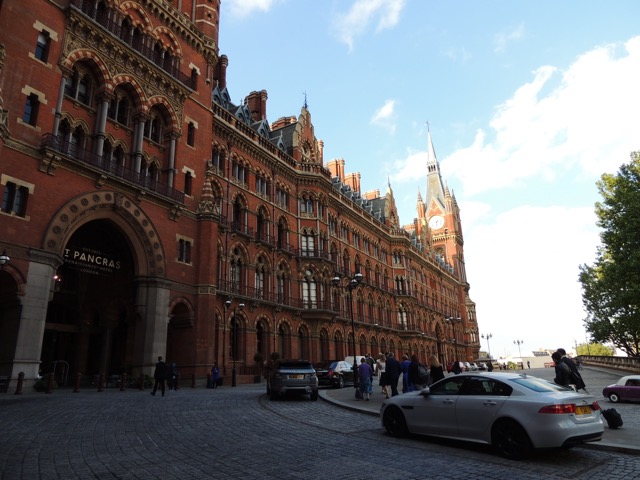Difference between revisions of "Victorian Gothic style"
From Londonhua WIKI
| Line 17: | Line 17: | ||
=Background= | =Background= | ||
<br> | <br> | ||
| − | The | + | The Victorian Gothic architectural style started rose to prominence around the same time as the [[Neo-Gothic]] style became popular. This architectural style arose as a response to Palladianism, also known as Georgian architecture.<ref>Manco, J. (2017). Architectural Style: Gothic Revival. Buildinghistory.org. Retrieved 19 June 2017, from http://www.buildinghistory.org/style/gothicrevival.shtml</ref> |
<br><br> | <br><br> | ||
==Characteristics== | ==Characteristics== | ||
<br> | <br> | ||
| − | Some characteristics of | + | Some characteristics of Victorian Gothic Architecture are tall spires and pointed arches, much like [[Gothic style]] architecture. Because this was a revival of the [[Gothic style]] it bears many of the same characteristics of this older style. This style of architecture is a more romanticized version of [[Gothic style]] architecture.<ref>Style Guide: Gothic Revival - Victoria and Albert Museum. (2017). Vam.ac.uk. Retrieved 19 June 2017, from http://www.vam.ac.uk/content/articles/s/style-guide-gothic-revival/</ref> |
<br><br> | <br><br> | ||
Latest revision as of 12:30, 19 June 2017
Victorian Gothic Style
 | |
| St. Pancras International Station | |
|---|---|
| Location: | Camden, London |
Overview
This article will talk about the Victorian Gothic architectural style and its key characteristics. This style is also known as Gothic Revival architecture and is a form of Neo-Gothic style architecture.
Background
The Victorian Gothic architectural style started rose to prominence around the same time as the Neo-Gothic style became popular. This architectural style arose as a response to Palladianism, also known as Georgian architecture.[1]
Characteristics
Some characteristics of Victorian Gothic Architecture are tall spires and pointed arches, much like Gothic style architecture. Because this was a revival of the Gothic style it bears many of the same characteristics of this older style. This style of architecture is a more romanticized version of Gothic style architecture.[2]
References
- ↑ Manco, J. (2017). Architectural Style: Gothic Revival. Buildinghistory.org. Retrieved 19 June 2017, from http://www.buildinghistory.org/style/gothicrevival.shtml
- ↑ Style Guide: Gothic Revival - Victoria and Albert Museum. (2017). Vam.ac.uk. Retrieved 19 June 2017, from http://www.vam.ac.uk/content/articles/s/style-guide-gothic-revival/